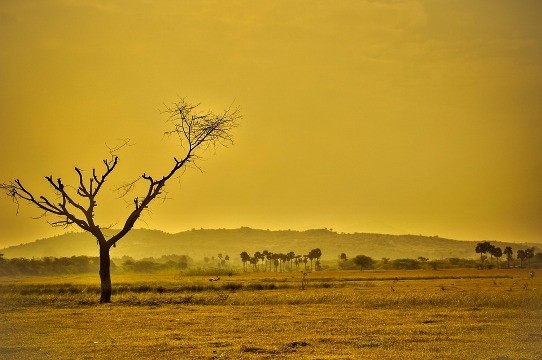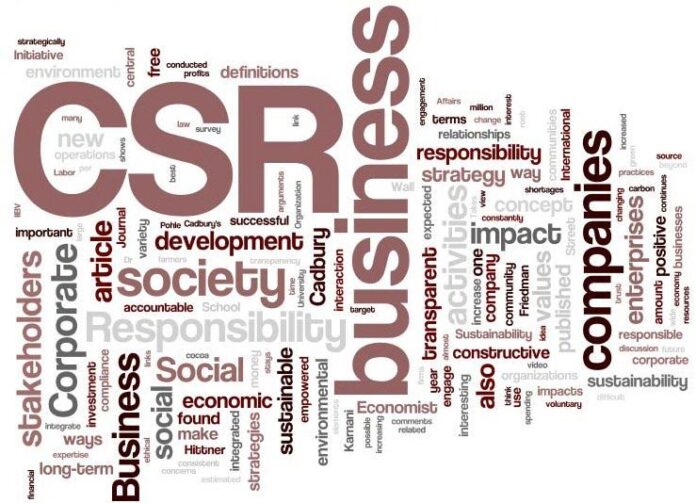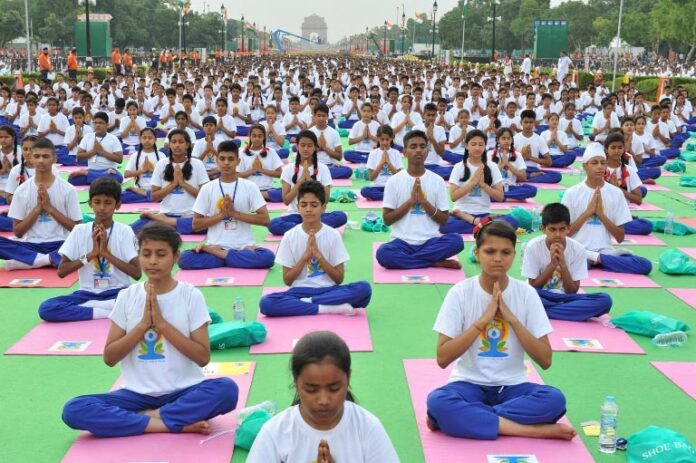An investment symposium on ‘The Opportunity of Green Finance in India’ was recently organised where the four banks signed a charter to champion green finance in India. YES Bank, FMO (the Development Bank of the Netherlands), along with DEG (the Development Bank of Germany) and Proparco (the Development Bank of France), signed the charter.
Through the charter, the four banks have committed to mobilise green investments, seize opportunities in India’s sunrise sectors, and contribute to achieving India’s Nationally Determined Contribution (NDC) and Sustainable Development Goals (SDGs) targets, towards climate change.
The symposium aimed to shed light on the increasing investment potential of green assets in India and the Asia-Pacific region. The proceeds of the green bonds issued by YES Bank have helped fund renewable energy projects across nine states of India, and are estimated to generate 2.35 million MWh of electricity, annually.
“Green Financing has become a propeller of the global sustainability agenda and will play a mission critical role in meeting India’s climate targets. The government’s thrust towards transforming India into a low-carbon economy offers financial institutions and investors an unprecedented opportunity to leverage green financing as a growth accelerator for sunrise and climate positive sectors such as renewable energy,” said Rana Kapoor, MD & CEO, YES Bank.
The first Green Infrastructure Bonds were issued by the bank in February 2015, raising INR 10 billion, followed by a second issue of INR 3.15 billion in August 2015. In September 2016, INR 3.3 billion were raised by issuing a 7-year term green bond to FMO – the Dutch bank’s first investment in Green Infrastructure Bond issued by a bank in India.
Linda Broekhuizen, Chief Investment Officer, FMO, said, “FMO is convinced that to accelerate green finance and to have a meaningful impact, it is essential that financial institutions, governments and international development finance institutions bundle forces. This event forms a unique platform to discuss the opportunity-side of green finance, connect the parties and propel local prosperity.”
Over 50 different domestic and international financial institutions, spanning the public and private sector, including regulators, stock exchanges, rating agencies, banks, private equity firms, and DFIs, attended the symposium. Present were key stalwarts from the banking and finance industry such as Mr. Ashishkumar Chauhan, MD & CEO, Bombay Stock Exchange; Ms. Ayaan Z. Adam, Director, Private Sector Facility, Green Climate Fund; Ms. Chandni Khosla, Head, International Business, National Stock Exchange, and Ms. Barnali Mukherjee, Chief General Manager, Securities Exchange Board of India, amongst others.
Regards,
The CSR Journal Team




 The author, Sanjeev Anand is Country Head – Commercial Banking and in-charge of Sports Vertical, IndusInd Bank and an avid sports enthusiast.
The author, Sanjeev Anand is Country Head – Commercial Banking and in-charge of Sports Vertical, IndusInd Bank and an avid sports enthusiast.











